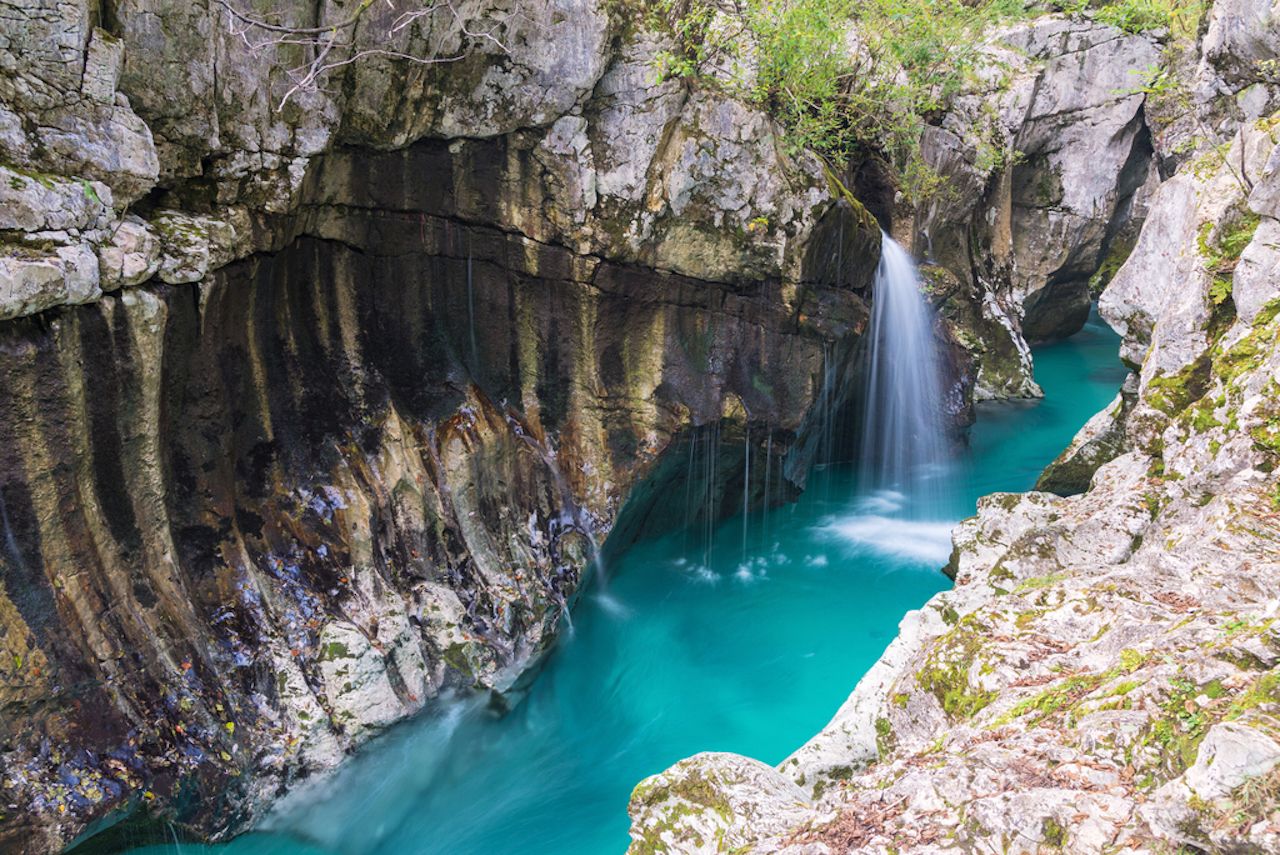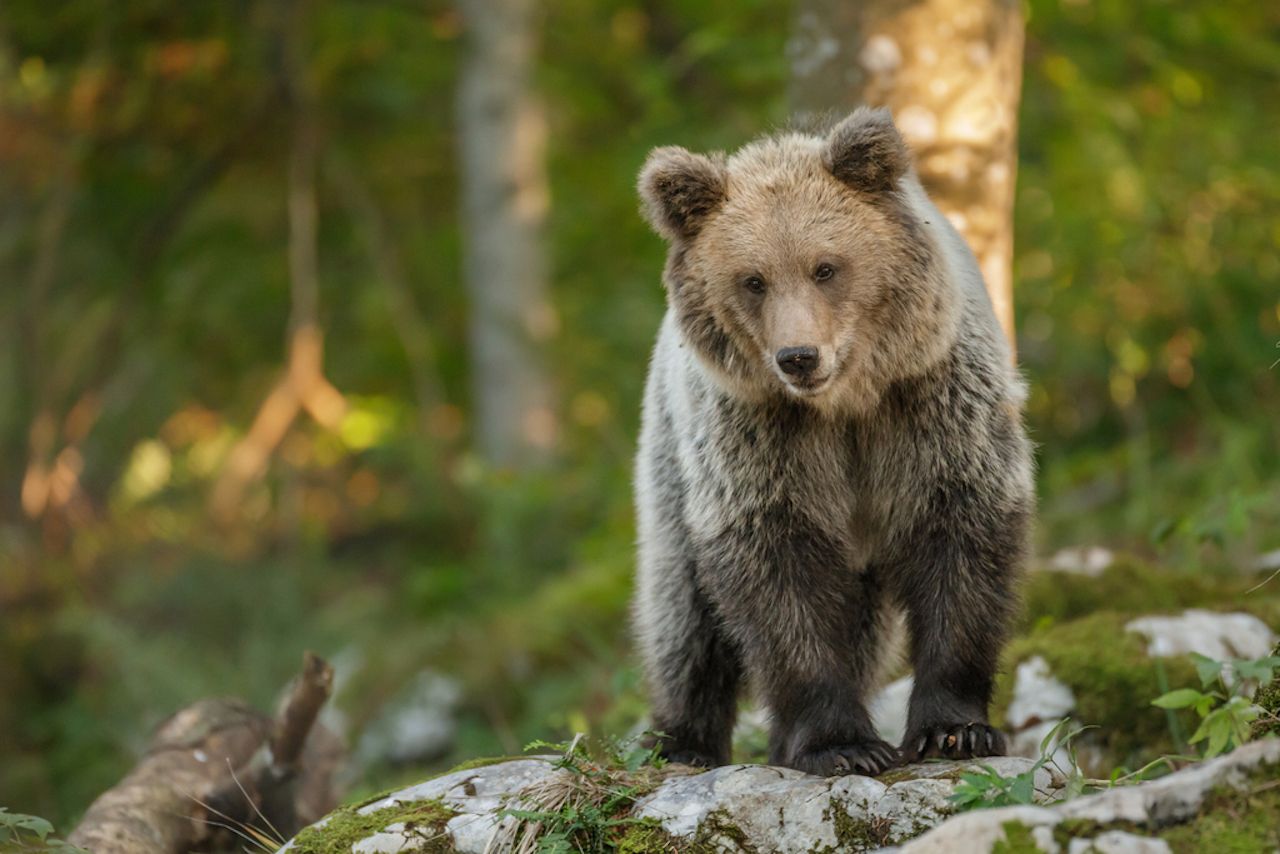Mountains and lakes, gorges and cave systems, waterfalls and forests for days. A small country it may be, but Slovenia is big on nature. There is what feels like an endless abundance of the great outdoors to enjoy in its 7,800 square miles. Even the capital city of Ljubljana is green at heart, named European Green Capital in 2016, while more than half the country is covered in forests of beech, pine, fir, and more.
The country’s small size makes getting a taste of the varied natural beauty on offer easy to achieve in just a few weeks. You could go from the limestone heights of the Julian Alps in the north to the dense and mystical primeval forests of the south in as little as three to four hours by car. If you pass through Slovenia on your next European adventure, don’t stop only for a tour of Ljubljana and a taste of the iconic cream cake at Lake Bled. Add these five places to your itinerary and make it an epic break in nature, too.






